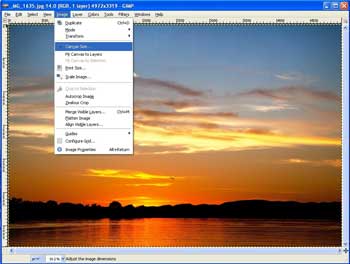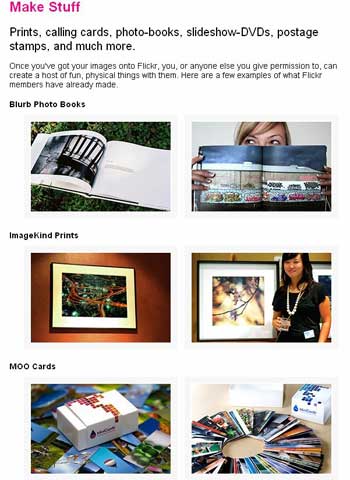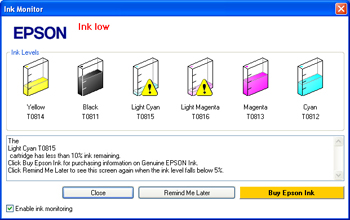Inkjet printing is one of the technological success stories of the last decade. Even over the last five years, inkjet printers have gone from producing barely adequate output the marketers would define somewhat optimistically as ‘near photo quality’, to prints which in many cases are better than what’s possible on conventional photographic paper.
Photo Review tips section

Inkjet Printer Maintenance
From Photo Review Issue 45
Image Size and Resolution Requirements
This table shows the ideal image sizes and resolutions for different online and screen-based applications, and for printing photos.

Image and Canvas Sizes
If you would like to create a border around an image, the easiest way to do it is with the Canvas Size setting. Simpler image editors may not include this function but all of the more powerful editors provide it. Follow these steps to add a border to a digital image in The GIMP.

Image Sharing, Display and Preservation
What’s the best way to share your digital photographs with others? Actually, there’s no single way that will suit all photographers; instead, today’s technologies offer us a wide range of options.
Identifying the Printing Surface
Because a special coating is required to accept the ink, inkjet papers can normally be printed on only one side. Some manufacturers also make double-sided papers with coatings on both sides, but these are comparatively rare – and not available in many sizes or surface types. So, in most cases, it’s important to tell which side to print on so you can load paper correctly.
ICC Profiles
ICC profiles contain information that characterises a colour input or output device in accordance with standards set up by the International Colour Consortium (ICC).
How to Make Good Inkjet Prints from Your Digital Images
Here are some tips to help you get the best quality prints from digital images when you use a desktop inkjet printer:

Getting the Most from your Ink Cartridges
By design, most printers will indicate when ink levels begin running low – often when there is 20% or more of the ink remaining. So it’s wise to continue to print until the printer indicates the cartridge can no longer be used. Some printers will stop printing at this point to prevent the print head drying out (which will cause damage). Depleted cartridges should always be changed straight away.

Displaying and Sharing Digital Photos
Photographers today have many ways to display and share their digital photos. Which ones you use will depend on your taste, level of expertise with particular technologies and the ways in which you would like to present your images.
